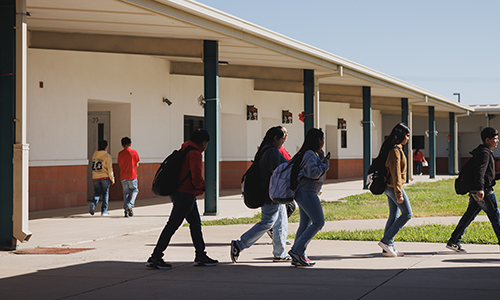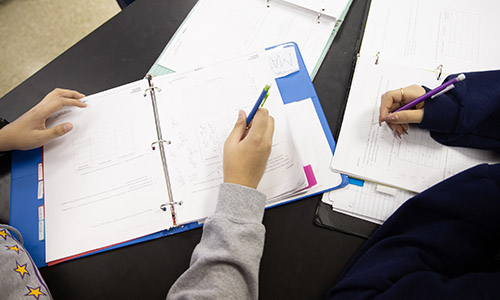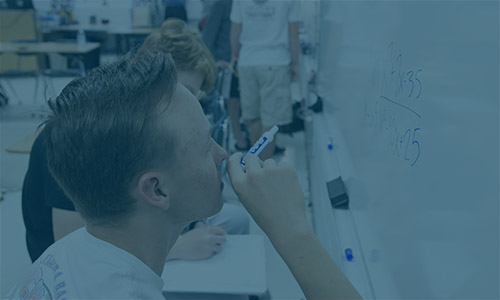Research brief
Progress towards pandemic recovery: Continued signs of rebounding achievement at the start of the 2022-23 school year
December 2022

Description
New research, using data from 7 million students in grades 3-8 in 25,000 schools who took MAP Growth reading and mathematics assessments between 2020–21 and fall 2022, continues NWEA’s ongoing research agenda examining how the COVID-19 pandemic has affected student achievement in reading and math.
At the start of the 2022–23 school year, we continue to see evidence that students are rebounding from the impacts of the pandemic: the distance between students’ math and reading achievement relative to pre-pandemic levels continued to narrow from spring 2021 when pandemic-induced achievement gaps were at their widest. Students lost less ground over summer 2022 compared to pre-pandemic trends. Academic rebounding in reading and math continued in fall 2022; however, rebounding is not even across school years and summers, especially in reading. The youngest students (current third-graders who were kindergarteners when the pandemic began) have the largest reading achievement gap and showed the least rebounding, suggesting that disrupted learning at such a critical juncture was particularly detrimental to acquiring foundational reading skills and has a lingering effect on the youngest students’ reading development. While the evidence of rebounding is encouraging, student achievement remains lower than in a typical year and full recovery is likely still several years away. Schools and districts should continue to use data to understand which students have been most harmed and to provide supports in proportion to students’ unmet needs.
See MoreTopics: Equity, COVID-19 & schools









